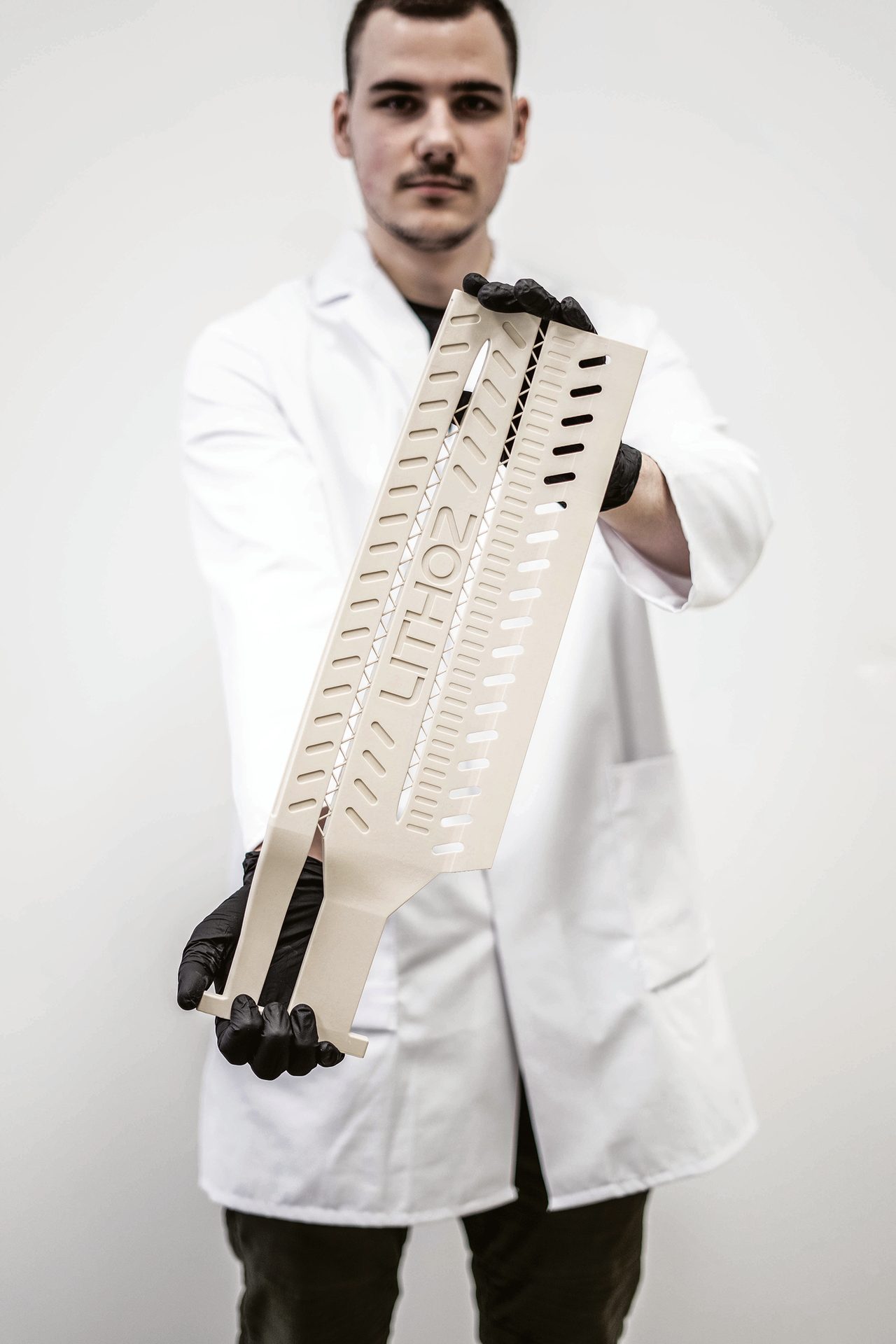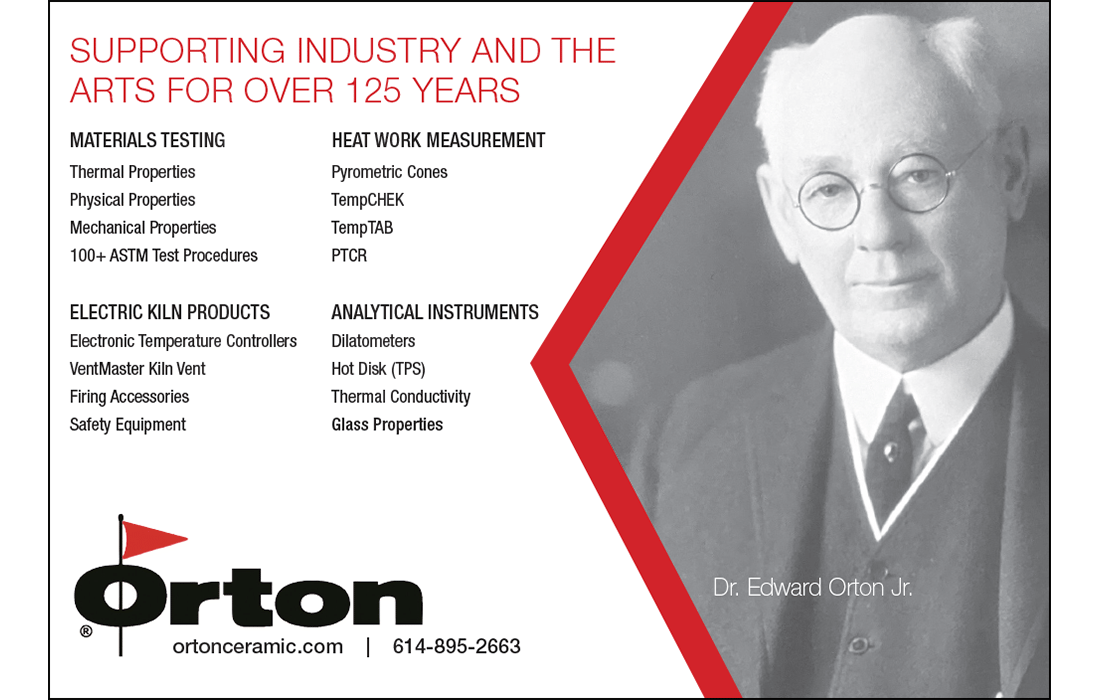
3D-printed ceramics in investment casting:
Rewriting the rules for efficient casting core production
By Alice Elt and Peter Schneider
bulletin | feature
Harnessing Lithoz’s ultraprecise lithography-based ceramic manufacturing 3D printing technology to fabricate ceramic casting cores allows for the creation of precise and complex metal components for aerospace applications.
ADVERTISEMENT
Investment casting is an integral part of manufacturing metal components in the aerospace industry.
In this process, a wax pattern is “invested” (coated) with a refractory ceramic material. After the ceramic coating dries and hardens, the wax is melted out and leaves behind a cavity that is subsequently filled with molten metal. Once the metal cools and solidifies, the ceramic cast is removed from the metal, leaving behind a complex and highly accurate component.
To achieve even more intricate parts, sacrificial casting cores are employed in the investment casting process to produce intricate inner channels in the final component. These channels reduce the component’s weight and allow for internal cooling in application.
Ceramics are the standard material used for casting cores. Ceramic cores maintain their integrity and shape even at very high temperatures, ensuring mechanical strength and ultimately delivering a dimensionally accurate, high-quality casting result.
When ceramic casting cores are combined with the design freedom of Lithoz’s lithography-based ceramic manufacturing (LCM) 3D printing technology, it is possible to rapidly manufacture ever more complex and efficient cores—opening the door to previously unimaginable applications in aerospace.
Ceramics for investment casting
Silica-based ceramics are the main choice for casting cores because of their lack of chemical reactivity with most metals. Reactions between the core and the molten metal could lead to defects or compromised structural integrity in the final part, but use of silica helps avoids this outcome.
However, silica-based ceramics will react with chemical leaching agents used in the investment casting process. Thanks to this reaction, any leftover ceramic material can be easily dissolved, leaving a residue-free casted part.
Lithoz’s LithaCore 450 is a ceramic material precisely tailored by Lithoz to meet the challenges of producing increasingly fine structures in casting cores for investment casting (Figure 1). Based on silica with additions of alumina and zircon, this material has a very low coefficient of thermal expansion, a high porosity, and outstanding surface quality (roughness average < 3 μm), ensuring that internal channels in the final part have a smooth finish and good leachability.


Figure 1. Example of a 3D-printed ceramic casting core made of Lithoz’s LithaCore 450.
Credit: Lithoz
Figure 2. Lithoz’s lithography-based ceramic manufacturing 3D printing technology enables the manufacture of far more durable and intricate ceramic casting cores.
Credit: Lithoz
3D-printed ceramic cores
While ceramics offer many advantages in the production of casting cores from a materials perspective, investment casting requires absolute accuracy and reliable repeatability. As demand for more complex components in the aerospace industry grows, the combinations of metals with traditional casting methods are simply unable to achieve the level of detail needed for the part’s internal structure.
Lithoz’s LCM 3D printing technology can produce ceramic casting cores with highly complex designs,1 with intricate structural features as precise as 100 µm. (Figure 2). This capability unlocks new possibilities for design innovation in aerospace, optimizing the performance and efficiency of parts.
3D printing as a technology for producing investment casting cores also significantly reduces lead times. Conventional methods for fabricating cores are often very time-consuming, requiring multiple steps and tools. By using 3D printing to streamline the production process and directly print the cores, parts can be produced and improved far more rapidly, enabling a quicker turnaround.
Conclusion
3D-printed ceramics present an innovative and effective solution for producing intricately structured cores for investment casting. This geometrical freedom, together with the superb properties of ceramics, opens the door to manufacture far more precise and complex metal components for current and emerging aerospace applications.
With more than a decade of experience, Lithoz offers the LCM 3D printing technology, LithaCore ceramic material, and technical know-how to entirely streamline the production process of casting cores for investment casting and produce more efficient cores than ever before.

Caption
Credit:
About the author:
Alice Elt is public relations manager and Peter Schneider is head of application engineering at Lithoz (Vienna, Austria). Contact Elt.
SIDEBAR
Sidebar Headline
Text

